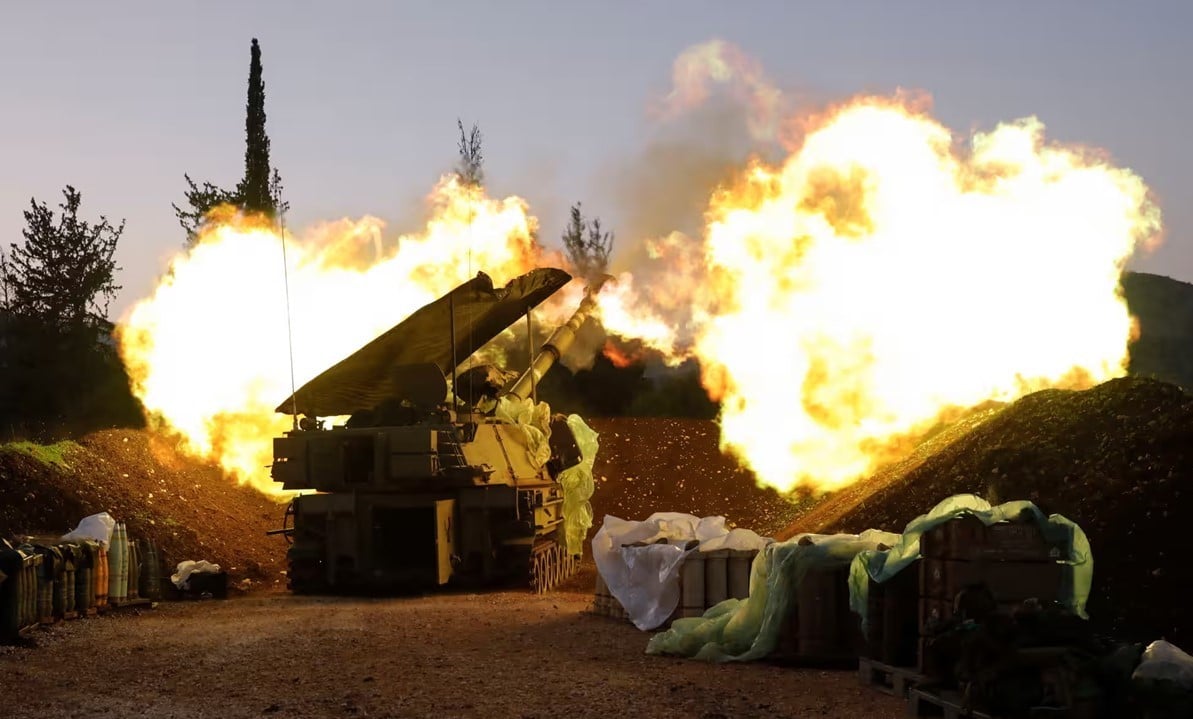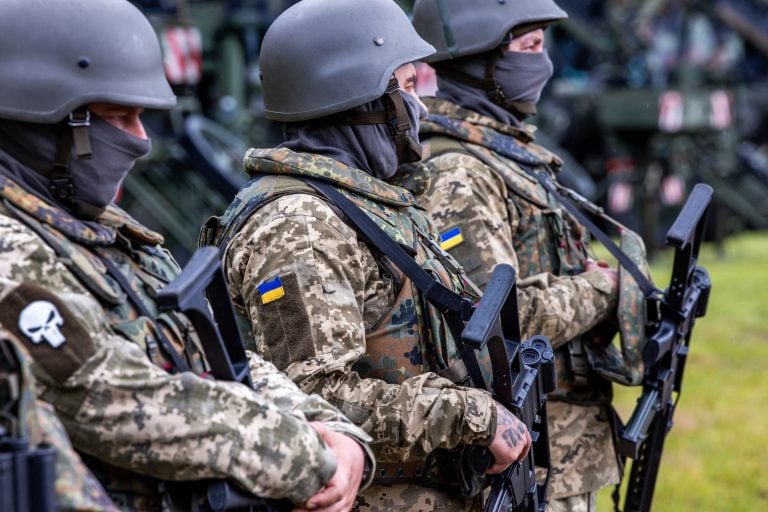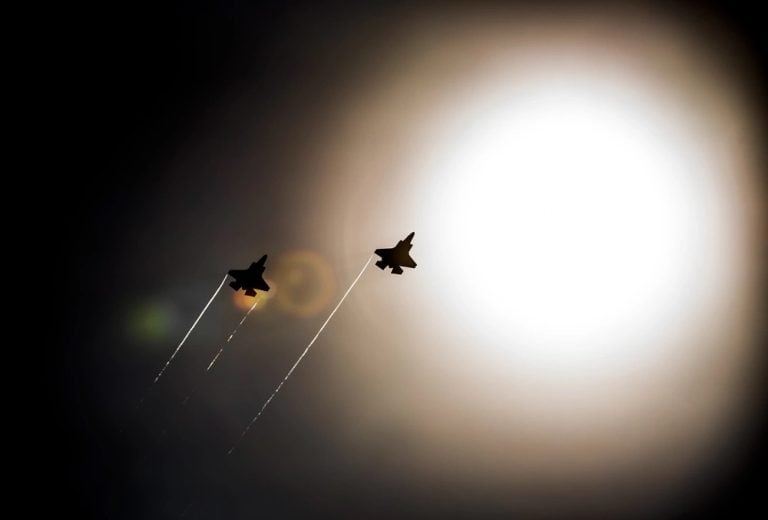A significant escalation in the ongoing conflict between Israel and Hamas occurred when a military strike targeted the southern Lebanese city of Sidon, resulting in the death of a Hamas commander. The Palestinian militant group identified the deceased as Khaled Ahmed al-Ahmed, who reportedly was on his way to pray at the time of the attack.
The Israeli military confirmed its involvement, stating that al-Ahmed was the head of operations for Hamas’s Western Brigade in Lebanon. They accused him of weapons smuggling and orchestrating various attacks against Israel. This incident marks a continuation of Israeli military operations in Lebanon, which persists despite a recent ceasefire agreement aimed at reducing hostilities between Israel and Hezbollah, lasting over a year.
The ceasefire, established on November 27, was intended to halt escalatory measures between the two factions, including a two-month period of intense conflict. As part of the agreement, Hezbollah committed to repositioning its forces north of the Litani River, approximately 30 kilometers from the Israeli border, and dismantling remaining military infrastructure in southern Lebanon. In return, Israel was supposed to withdraw its forces entirely; however, it has maintained a presence at five strategic locations along the border.
According to a Lebanese security source, Hezbollah has largely complied with the terms of the ceasefire by removing fighters from south of the Litani and dismantling most of its military assets in the region. The Lebanese government has asserted that it is abiding by its commitments and has called upon the international community to exert pressure on Israel to cease its military actions and withdraw its troops.
Moreover, Lebanon’s Higher Defence Council, its principal security body, issued a warning to Hamas, urging the group not to utilize Lebanese territory for launching attacks against Israel. In response to the heightened tensions, Hamas has reportedly transferred several individuals alleged to be responsible for firing rockets into Israel from Lebanon in March.
The ongoing situation remains tense, as the dynamics of the ceasefire appear fragile, with both sides retaining the potential for further conflict.


















